KNIT MAGAZINE
Let's take a closer look at the sweater! I will explain with reference to the knit reduction and sharpening pattern.

- Post date:
- June 27, 2016 07:00
KNIT MAGAZINE

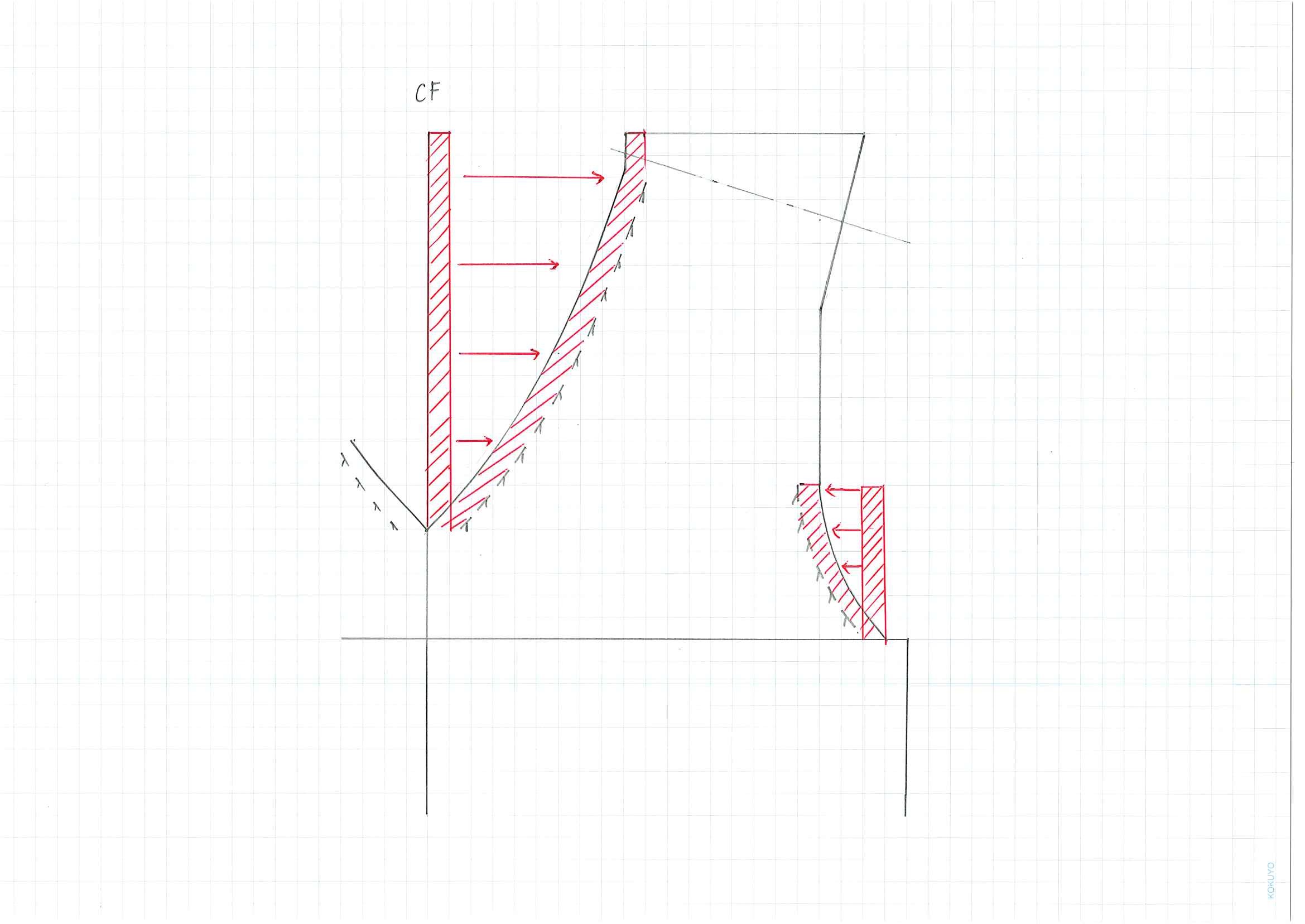
We translate with Google Translate. You can contact us if you have any question.
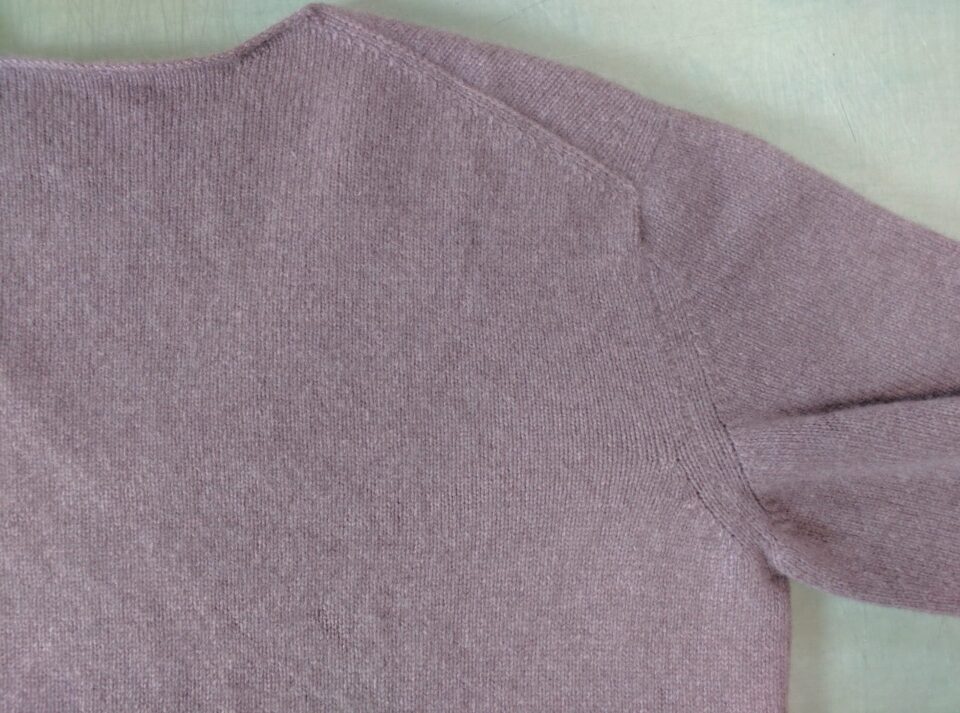
Hello everyone. This is Iijima.
It’s been raining, the damp air and the heat are stuffy and calm. The temperature is getting higher and you have to be careful about heat stroke. I don’t usually drink much water, so I’ve been consciously hydrating these days.
You have to consciously manage it because it is easy to get sick at the turn of the season.
Please be careful, too!
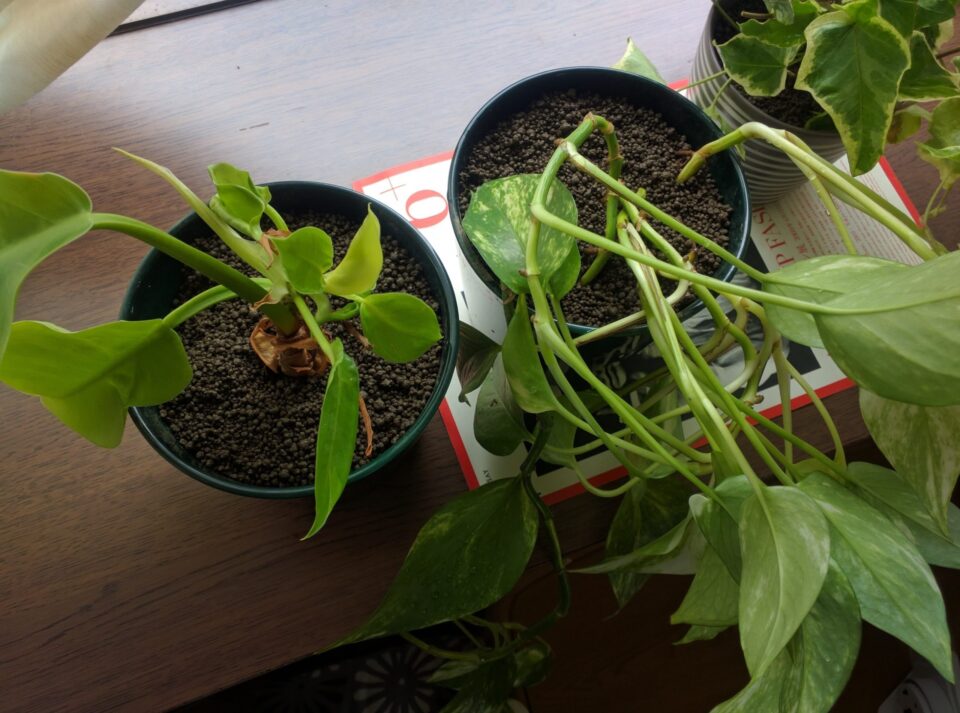
In the photo above, during this time, I replanted the foliage plants while redecorating the room!
In the season when the green is beautiful, watering is indispensable, hoping that it will be a good change and grow bigger.
While loving the green, he is healed and energized.
Well, this time, as I may have introduced before, I would like to go deeper and talk about sharpening again.
If you read this blog written by Tazawa first, I think it will be even easier to understand. ⇒ Do you know the molding that is indispensable for knitwear?
table of contents
■ What is sharpening?
By gathering the stitches, which is a characteristic of knitwear, and stacking the stitches on the left and right, you can see through the ground of the loop that can be seen in the vertical direction.
Sweaters are mainly used for edging, which is often seen in collar edges, armholes, and reduction of the back shoulders.
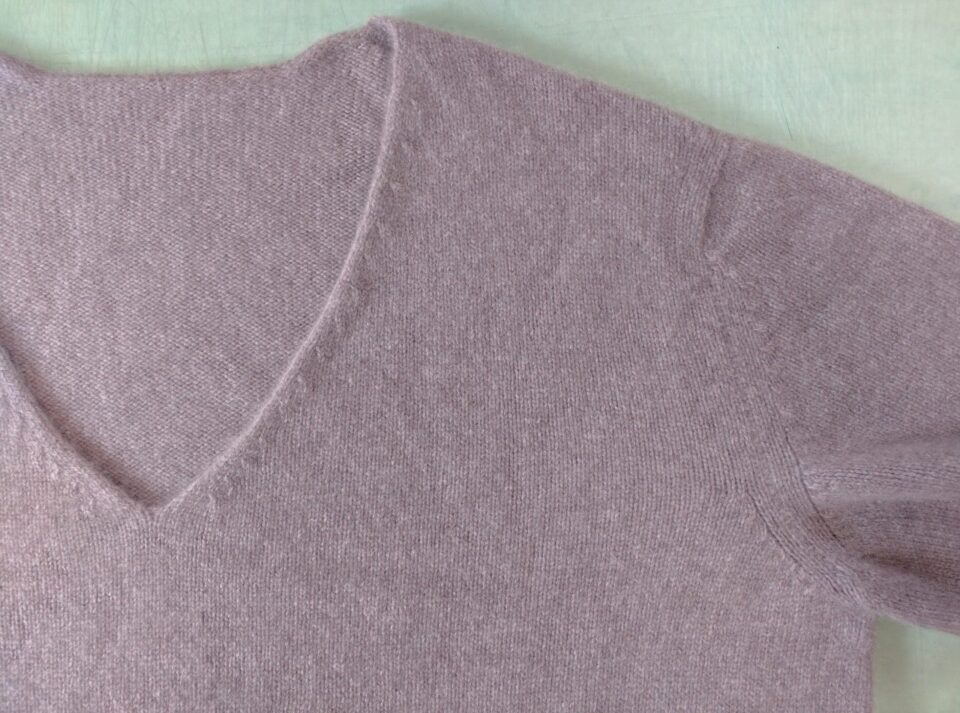
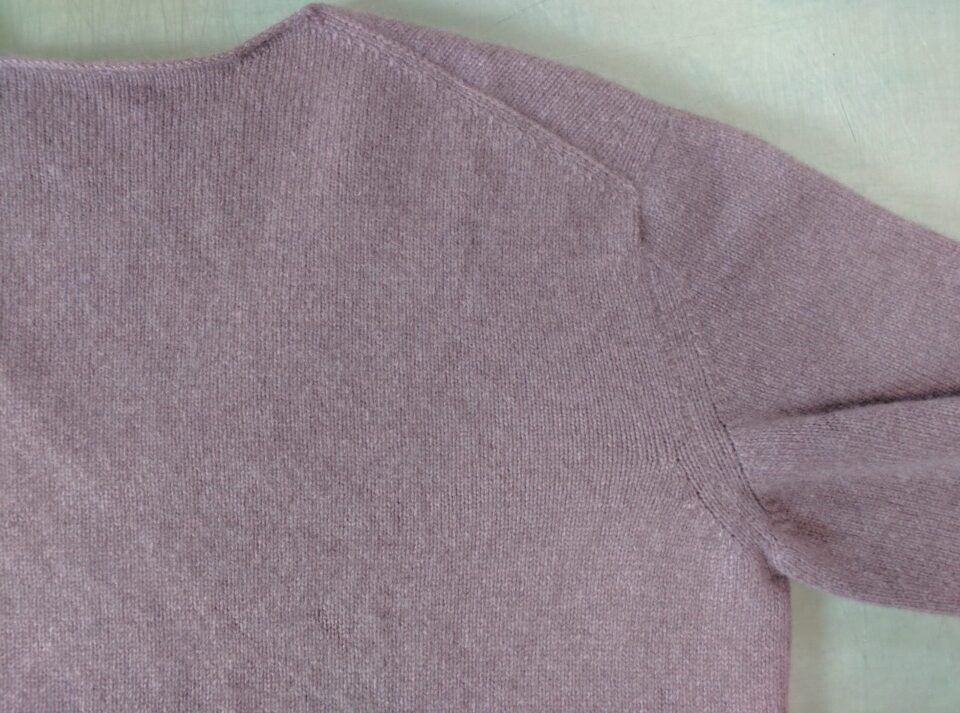
As you can see in the photo, you can see that the eyes of the ground are running vertically, such as at the edges of the armholes.
And it is also characterized by the easy-to-understand markings on the edges.
This is also called an overlap or fashion mark.
It is also used when you want to run a line in terms of design (such as those with diagonal design lines, which are common in ribs and ridges), and when you want to connect the vertical eyes continuously.
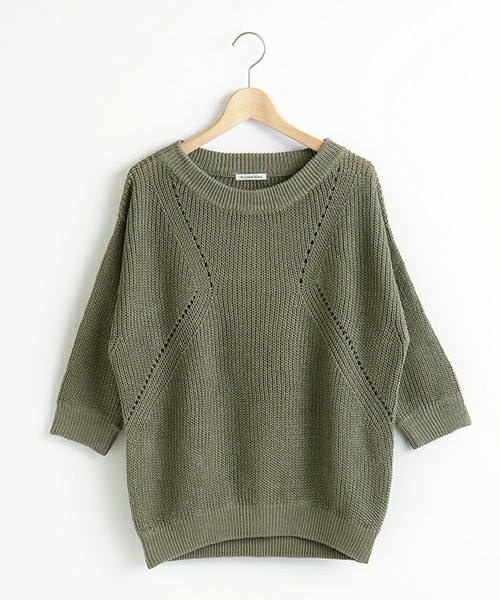
Table of Contents
This overlap is a fashion mark, but …
It is a big feature of molding knitting.
In the case of reduced eyes, when reducing the number of eyes, the number of eyes is reduced by overlapping the eyes, so overlapping eyes are inevitably created. The same eye (needle) overlaps with the second, third, and so on, so it looks like a mark.
On the other hand, if you increase the number of eyes, the eyes will be released to the outside, so holes will be opened as much as you increase.
(Because a hole will be opened, in the knitting method of making a new eye to close the hole or adding a premium, the original eye is divided into two to make a knitting method that does not become a hole.)
However, I think that this sharpening is easy to understand if you look at the pattern in the figure below.
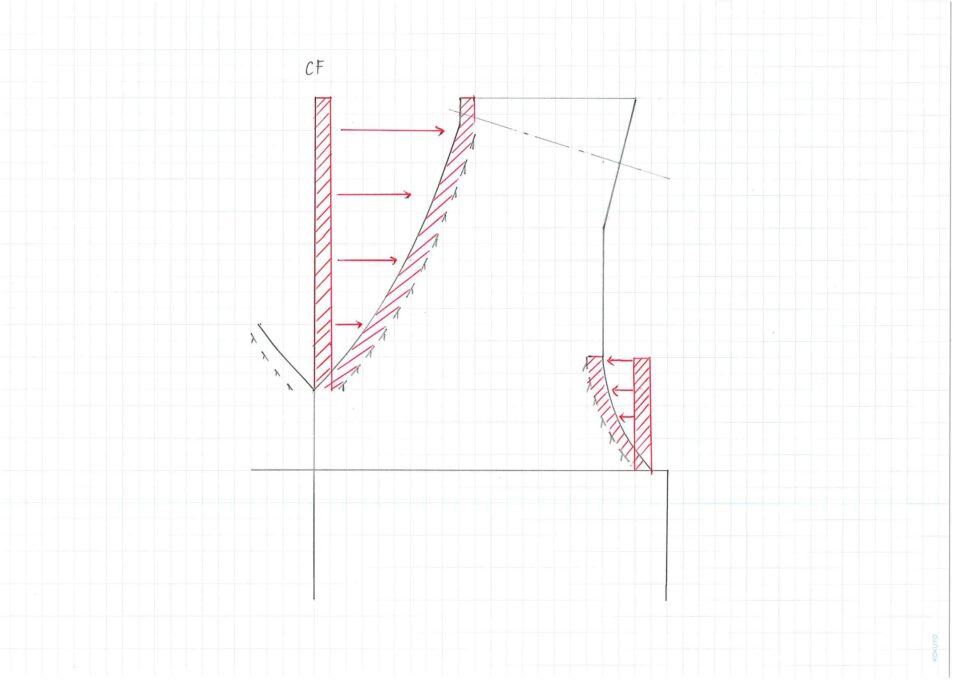
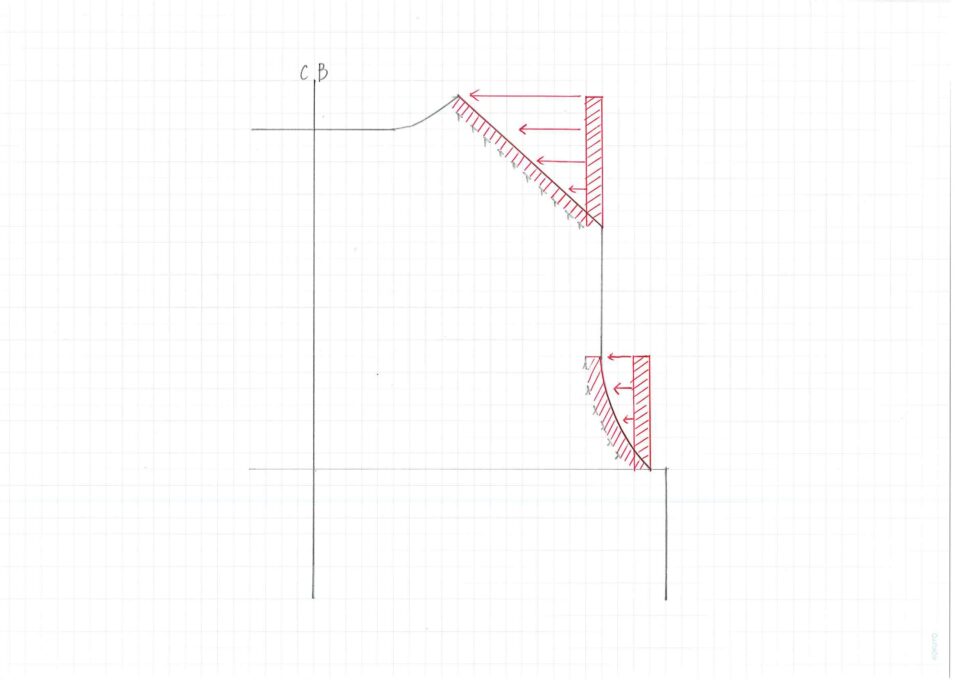
I will bend the eyes of the ground by pulling the eyes of the edges,
Originally, if you look only at the vertical eyes, the vertical eyes that are band-shaped are aligned along the curve, so if you match them with a pattern, the length of the outer circumference will not match.
Since the vertical band is shorter than the curve, the distance is inevitably shorter at the armhole and collar, and depending on the conditions, it may be stretched.
How to make knit,
In the good part, it also prevents stretching and finishes neatly, but on the contrary, it may be pulled too much.
Adjust the specifications and size according to the conditions.
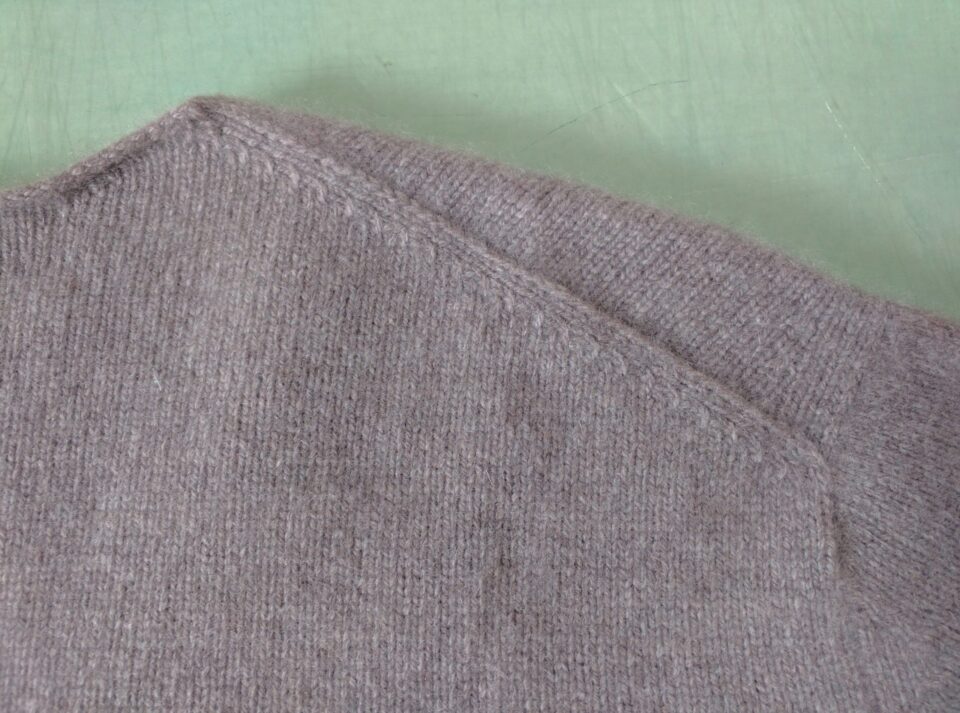
Especially for the back shoulders, the angle of reduction is quite tight, and the eyes in the vertical direction are often stretched. Therefore, when stretching is required, the knitting method (knitting method) may be changed to reduce the number of stitches in a bias pattern instead of a fixed stitch.
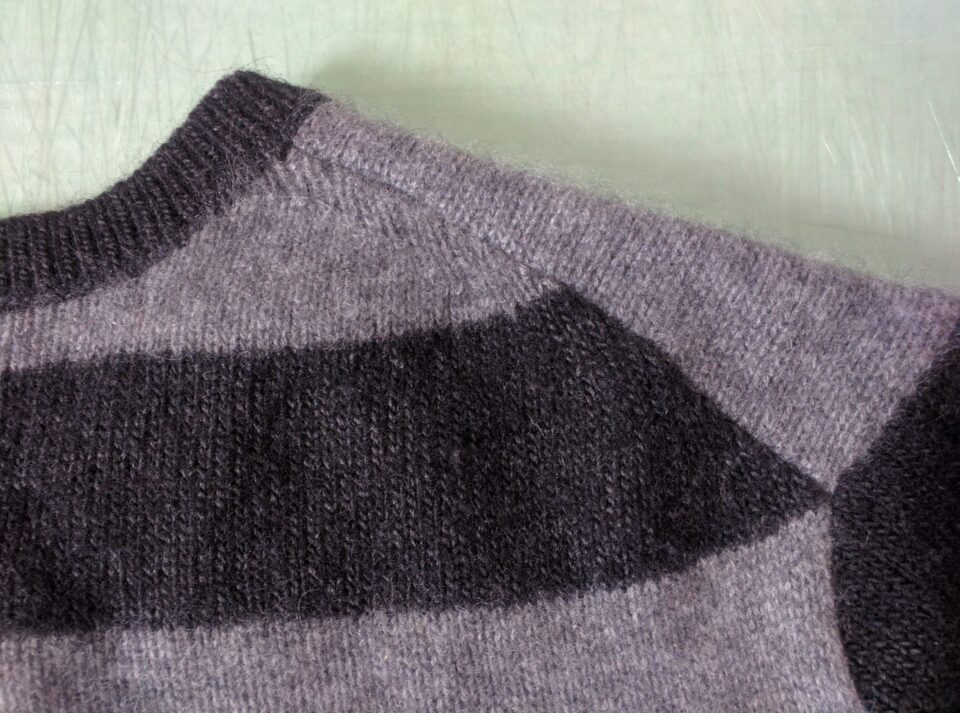
By doing this, the eyes will not be pulled by the vertical, and the eyes of the ground will pass diagonally, so you can secure the elongation.
Depending on the design and material, changing the knitting method with a little effort will affect the comfort.
How was it?
The sweateaters that are familiar to us are surprisingly devised when we take a little care.
Especially in simple Tianzhu, the impression of design elements changes depending on the width of the sharpening.
The basic thing is to keep an eye on the ground, but I hope you will pay attention to it as an application from simple clothing components to designing.
The basics of knitting are the same, but it can be widely applied depending on how you use it.
This time, I focused on the points and talked in detail.
See you again.
Subscribe Now
To receive the latest updates and insights, subscribe to our newsletter.
Contact Us
For further inquiries regarding this article, please feel free to contact us.